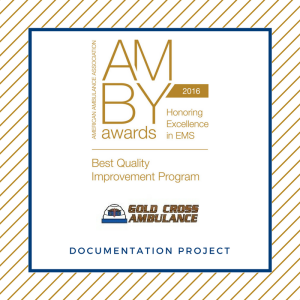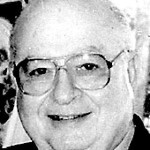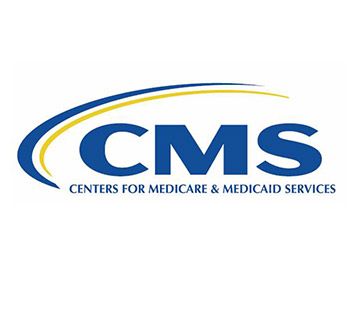CMS Extends Moratorium on Non-Emergency Ground Ambulance
CMS Extends Temporary Moratorium on Non-Emergency Ground Ambulance Services in New Jersey, Pennsylvania, and Texas
On July 28, 2017, the Centers for Medicare & Medicaid Services (CMS) issued a notice in the Federal Register extending the temporary moratoria on the enrollment of new Medicare Part B non-emergency ground ambulance providers and suppliers in the states of New Jersey, Pennsylvania, and Texas. The extended moratoria will run through January 29, 2018.
Section 6401(a) of the Affordable Care Act granted CMS the authority to impose temporary moratoria on the enrollment of new Medicare providers and suppliers to the extent doing so was necessary to combat fraud or abuse. On July 31, 2013, CMS used this new authority to impose a moratorium on the enrollment of new ambulance providers in Houston, Texas and the surrounding counties. On February 4, 2014, CMS imposed a second moratorium on newly enrolling ambulance providers in the Philadelphia metropolitan areas.
On August 3, 2016, CMS announced changes to the moratoria on the enrollment of new ground ambulance suppliers. Specifically, CMS announced that: (1) the enrollment moratoria would be lifted for the enrollment of new emergency ambulance providers and supplier and (2) the enrollment moratoria on non-emergency ambulance services would be expanded to cover the entire states of New Jersey, Pennsylvania, and Texas. At the same time, CMS announced the creation of a new “waiver” program that would permit the enrollment of new non-emergency ambulance providers in these states under certain circumstances. The moratoria have been extended on these terms every six months thereafter.
On or before January 29, 2018, CMS will need to make a determination on whether to extend or lift the enrollment moratorium.















 The documentation review process at Gold Cross Ambulance had not changed much since the day of paper trip tickets. Retrospective documentation feedback was being given to crews, but they were not fully utilizing the capabilities of their technology to analyze the feedback and make significant improvements. Gold Cross Ambulance hypothesized that improved documentation goals would lead to better patient care and increased reimbursements. They knew they needed to make improvements in the review process and to better utilize the technology that was already in place. In addition to the documentation goals, they identified the opportunity to work some small, but significant, clinical improvements into a documentation project. One initial focus of clinical improvement was making sure the field crews were obtaining at least two sets of vital signs on every patient, and properly documenting these vital signs in the electronic patient care report (ePCR). Of all the performance indicators we measure, trending of vital signs touches every patient contacted. Educators from Utah EMS for Children shared research citing “inadequate recognition of and response to hypotension and hypoxia was associated with higher odds of disability and death” (Hewes H., 2016). This was such a basic thing to measure, but it had potential to impact every contacted patient. Gold Cross know that vital signs were an area in which they could improve, while also meeting their documentation goals. To do so, they implemented the following:
The documentation review process at Gold Cross Ambulance had not changed much since the day of paper trip tickets. Retrospective documentation feedback was being given to crews, but they were not fully utilizing the capabilities of their technology to analyze the feedback and make significant improvements. Gold Cross Ambulance hypothesized that improved documentation goals would lead to better patient care and increased reimbursements. They knew they needed to make improvements in the review process and to better utilize the technology that was already in place. In addition to the documentation goals, they identified the opportunity to work some small, but significant, clinical improvements into a documentation project. One initial focus of clinical improvement was making sure the field crews were obtaining at least two sets of vital signs on every patient, and properly documenting these vital signs in the electronic patient care report (ePCR). Of all the performance indicators we measure, trending of vital signs touches every patient contacted. Educators from Utah EMS for Children shared research citing “inadequate recognition of and response to hypotension and hypoxia was associated with higher odds of disability and death” (Hewes H., 2016). This was such a basic thing to measure, but it had potential to impact every contacted patient. Gold Cross know that vital signs were an area in which they could improve, while also meeting their documentation goals. To do so, they implemented the following:




